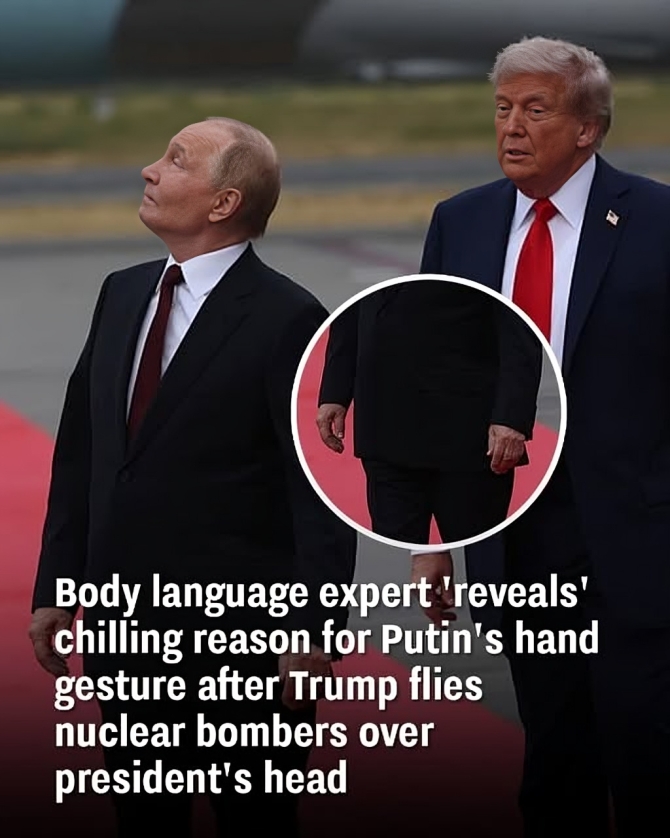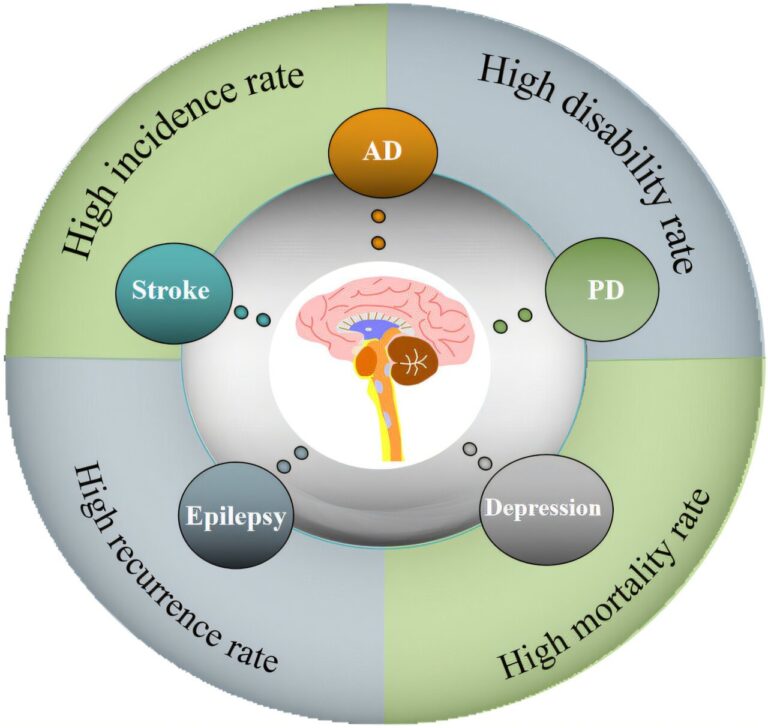“Putin’s Hidden Body Language Revealed During Alaska Summit Flyover”
Alaska Summit Stages Dramatic Military Display Between Trump and Putin
At the high-profile Alaska summit between former U.S. President Donald Trump and Russian President Vladimir Putin, a dramatic military flyover quickly became the centerpiece of the event. F-35 stealth fighters and a B-2 Spirit bomber soared across the sky in a coordinated demonstration, captivating attendees and observers alike. Military analysts and geopolitical experts suggest that this orchestrated display was far more than ceremonial—it was a calculated signal of American military strength and strategic capability.
The presence of these cutting-edge aircraft underscored the United States’ technological and tactical advantages, serving as a subtle yet unmistakable reminder of its global power projection. Such flyovers are often employed in diplomatic contexts to send nuanced messages to counterparts without verbal confrontation, blending pageantry with strategic intent.
Beyond the impressive aerial demonstration, the summit offered a rare window into the subconscious cues of world leaders under pressure. Observers noted that President Putin, whose decades in the KGB have honed his instincts for reading threats and opportunities, displayed classic “holster-hand” body language as the jets roared overhead—an automatic, protective reaction reflecting vigilance and readiness. However, as the display continued, his posture shifted, revealing a nuanced mixture of curiosity and measured respect.
Former President Trump, by contrast, exhibited gestures of pride and openness. Analysts highlighted his extended arm movements and reassuring gestures as signals of confidence and controlled dominance, projecting strength while attempting to maintain a cooperative tone.
These micro-expressions and involuntary responses are more than mere physical reactions; they offer valuable insight into the unfiltered psychology of leaders navigating high-stakes diplomacy. Events such as this demonstrate how global negotiations are influenced not only by policy and rhetoric but also by instinctive human behavior.
Ultimately, the Alaska summit illustrated the complex interplay of military might, personal psychology, and diplomatic strategy. In a single orchestrated flyover, both nations communicated power, perception, and intent—revealing that in international relations, the sky itself can become a stage for political theater.






